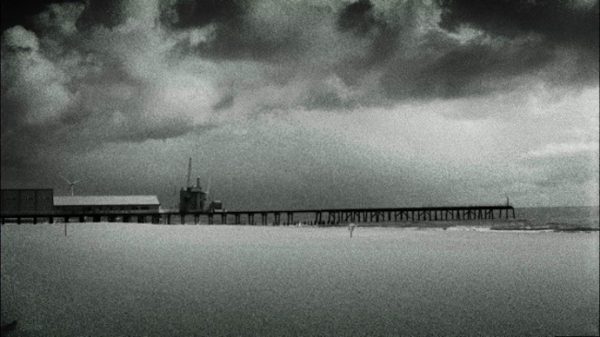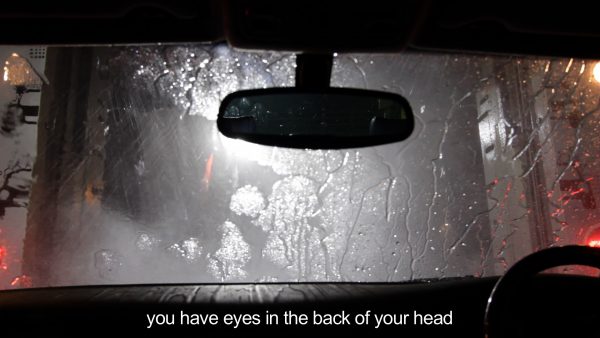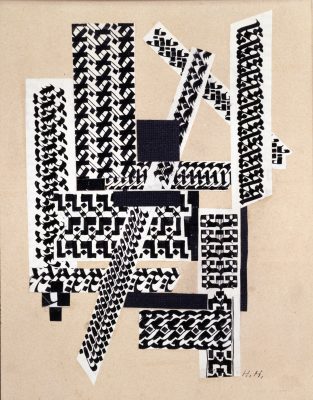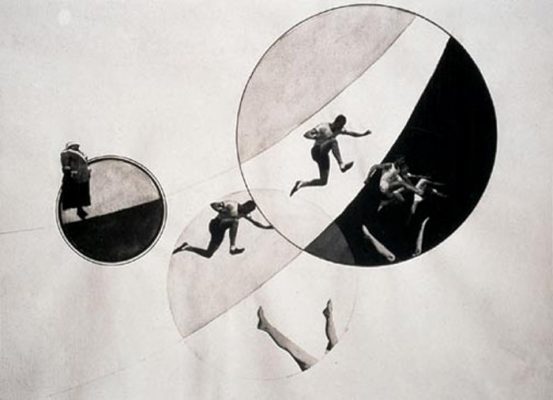As the theatre is relit and the credits roll on Grant Gee’s latest film, Patience (After Sebald), an essay on Sebald’s Rings of Saturn, I examine the faces around me, though for what I’m not sure. What had I just experienced? How would I describe it?
Outside, revellers are accumulating in Trafalgar and Leicester squares: limbs bared to a January bite. Conscious but passive, I’m drawn into an orbit of Soho and Covent Garden, unable to do anything but walk, dismissing that I’m experiencing grand cliché: disassociation from the tacky throng of Central London, the automatons rehearsing roles in badly lit film sets.
The title of the film, Patience, originally referred to the eponymous character in Austerlitz laying down black and white photos on a table, as if playing a game of patience which could unlock hidden memories. It is given further meaning as one of the film’s interviewees suggests that Sebald’s writing requires patience; it needs time to penetrate your skin. Grant Gee’s film deftly unpacks Rings of Saturn, clarifying Sebald’s opacity while replicating the author’s episodic method – in the film’s instance, examining personal responses of various artists and writers to the book, including Iain Sinclair, Tacita Dean and Marina Warner. Patience feels like an extension of the book itself, continuing its evocation of destruction, decay and despair in the age of reason.
Grant has previously made two feature length documentaries: Joy Division, which chronicles the band’s life; and the ambient Meeting People is Easy, for which Grant was nominated for a Grammy, which follows Radiohead as they tour OK Computer. He has made numerous short films and had a productive period in the 90s making music videos for famous bands, most of which he admits are mediocre, apart from the iconic No Surprises by Radiohead, of which he is justly proud. I meet him in the BFI cafe. The large glass windows are showing a sneak peek of spring: an oceanic sky and the Southbank’s brutalist concrete solar-cast copper. Grant is affable and earnest, thinking carefully about his responses, giving them length and depth. He is modest about his career and apologises several times for rambling, which he does not.




